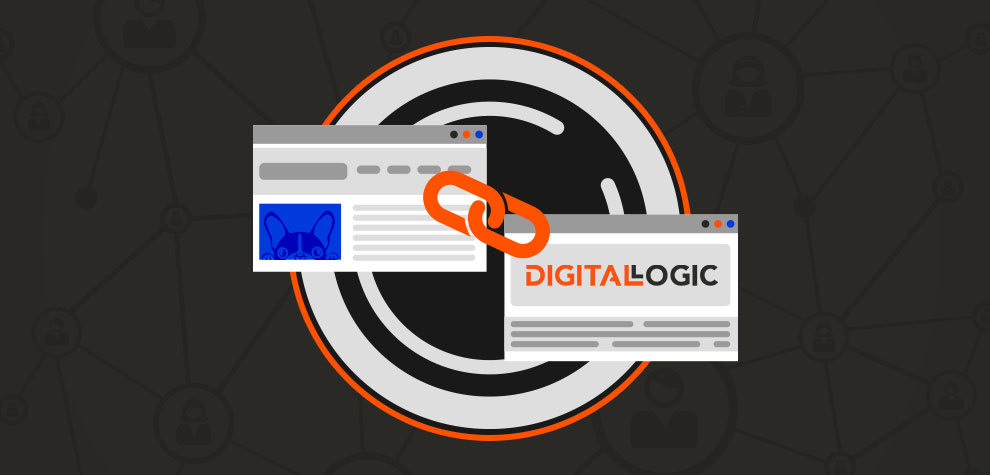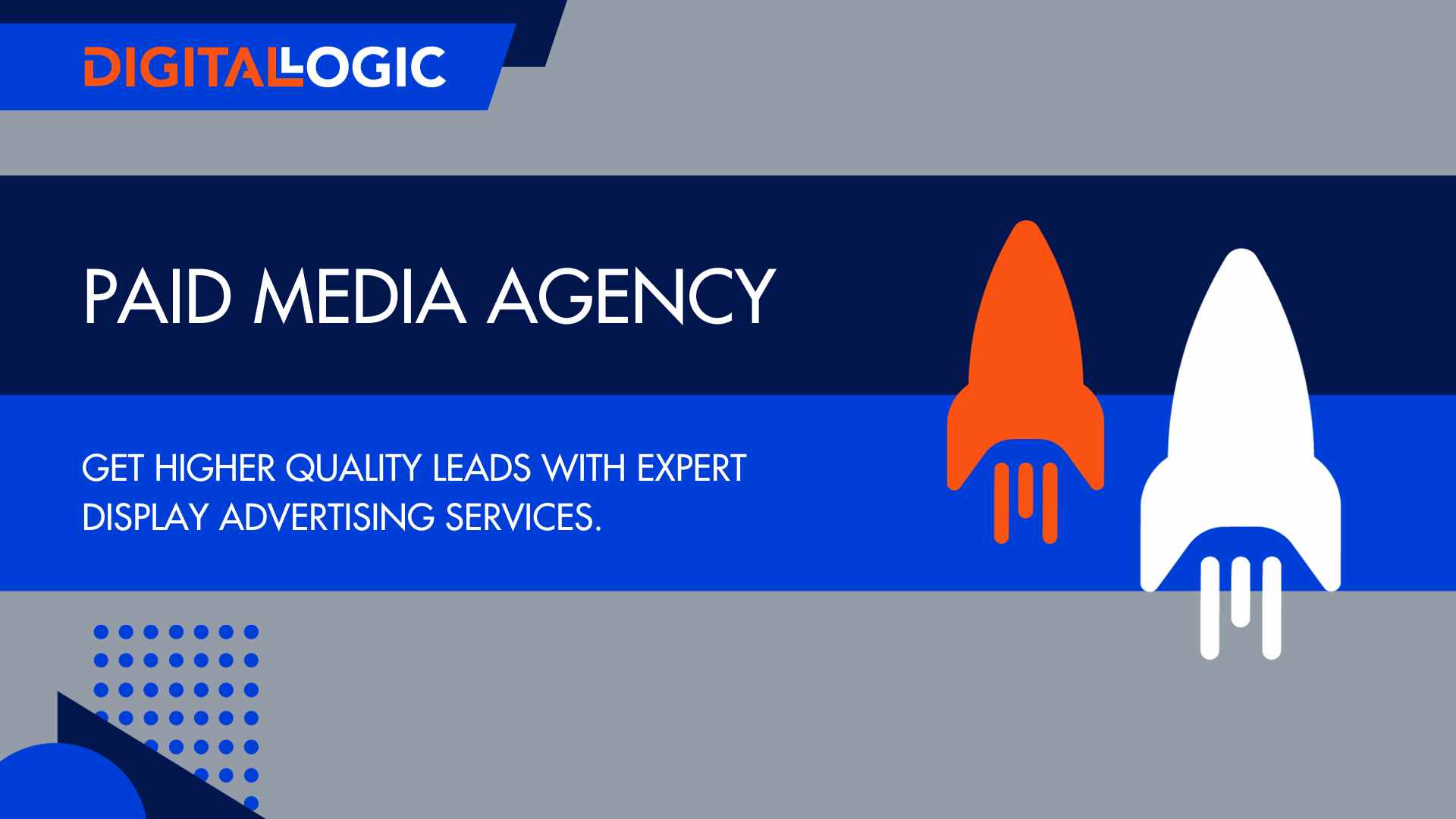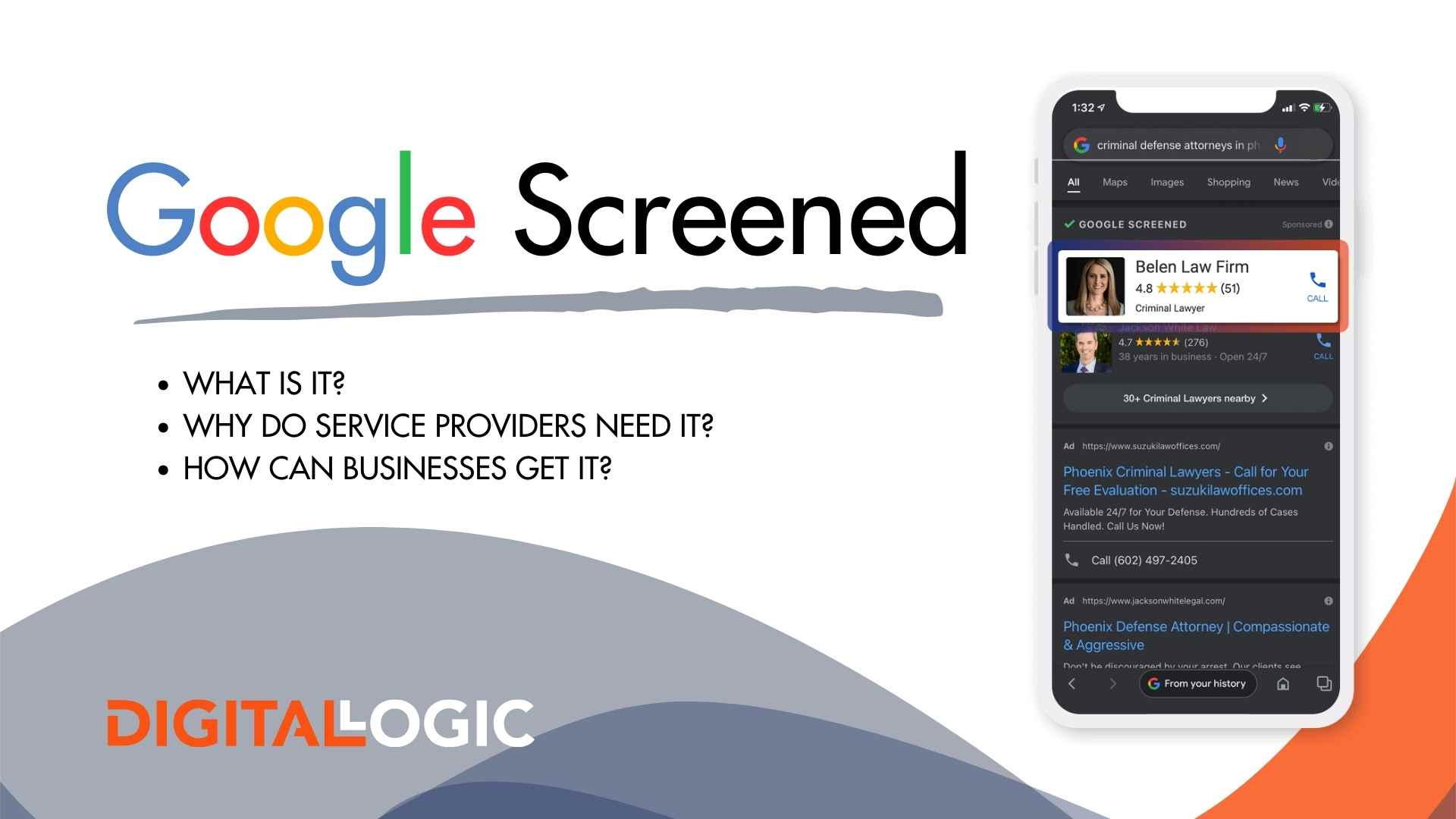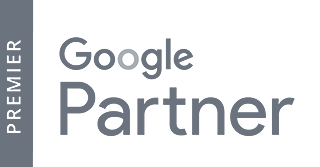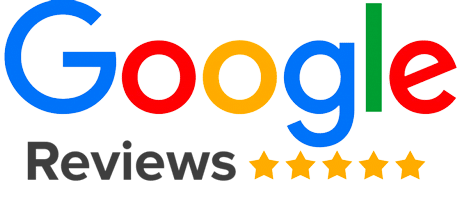Link attributes are the means by which a webmaster explains their website’s relationship with a website on the other end of an outbound link to Google. As the Internet grows, spreads, and evolves, it is essential for web giants like Google to grow, spread, and evolve with it.
On September 10, 2019, Google unveiled two new link attributes that will allow webmasters to further clarify their relationship with sites their outbound links connect to. Google also made some modifications to a more familiar link attribute: the “nofollow” attribute.
 Google’s nofollow attribute has been a helpful companion in the world of web development and SEO for the last fifteen years, giving website admins the ability to place links on their sites without giving the website on the other end of the link their endorsement.
If the Internet is like a giant brain, links are the neurons that connect its different parts, and it is Google’s job to read and interpret these connections. Google uses the type of sites you link to, and the types of sites that link to you, to determine where you should rank in their search results. When you place an outbound link on your site, Google allows you to include a link attribute to qualify your relationship with that link.
For instance, if you link to a completely trustworthy site that you don’t mind being associated with your site in Google’s algorithms, no link attribute is needed. For the last fifteen years, the alternative option was to qualify the link with the “nofollow” attribute, which means you are linking to the page, but don’t want to endorse the page or pass along any ranking value to it.
Google’s nofollow attribute has been a helpful companion in the world of web development and SEO for the last fifteen years, giving website admins the ability to place links on their sites without giving the website on the other end of the link their endorsement.
If the Internet is like a giant brain, links are the neurons that connect its different parts, and it is Google’s job to read and interpret these connections. Google uses the type of sites you link to, and the types of sites that link to you, to determine where you should rank in their search results. When you place an outbound link on your site, Google allows you to include a link attribute to qualify your relationship with that link.
For instance, if you link to a completely trustworthy site that you don’t mind being associated with your site in Google’s algorithms, no link attribute is needed. For the last fifteen years, the alternative option was to qualify the link with the “nofollow” attribute, which means you are linking to the page, but don’t want to endorse the page or pass along any ranking value to it.

 Alright, so that was just a quick background; now for the good stuff.
Not only has Google made modifications to nofollow, but they’ve also created two new link attributes. These are sponsored, and UGC, or user-generated content.
Alright, so that was just a quick background; now for the good stuff.
Not only has Google made modifications to nofollow, but they’ve also created two new link attributes. These are sponsored, and UGC, or user-generated content.
What is Google’s “nofollow”?
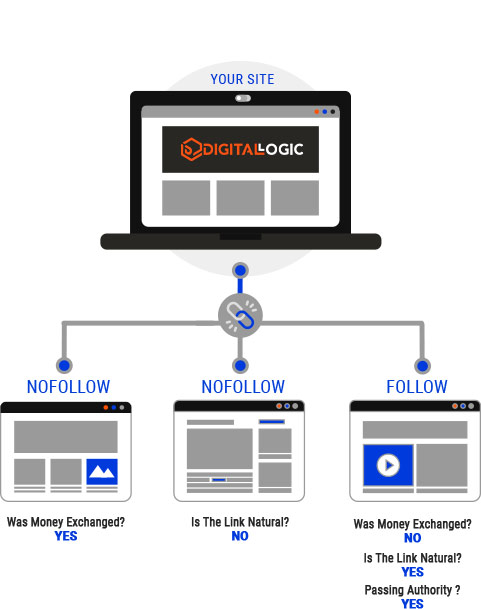 Google’s nofollow attribute has been a helpful companion in the world of web development and SEO for the last fifteen years, giving website admins the ability to place links on their sites without giving the website on the other end of the link their endorsement.
If the Internet is like a giant brain, links are the neurons that connect its different parts, and it is Google’s job to read and interpret these connections. Google uses the type of sites you link to, and the types of sites that link to you, to determine where you should rank in their search results. When you place an outbound link on your site, Google allows you to include a link attribute to qualify your relationship with that link.
For instance, if you link to a completely trustworthy site that you don’t mind being associated with your site in Google’s algorithms, no link attribute is needed. For the last fifteen years, the alternative option was to qualify the link with the “nofollow” attribute, which means you are linking to the page, but don’t want to endorse the page or pass along any ranking value to it.
Google’s nofollow attribute has been a helpful companion in the world of web development and SEO for the last fifteen years, giving website admins the ability to place links on their sites without giving the website on the other end of the link their endorsement.
If the Internet is like a giant brain, links are the neurons that connect its different parts, and it is Google’s job to read and interpret these connections. Google uses the type of sites you link to, and the types of sites that link to you, to determine where you should rank in their search results. When you place an outbound link on your site, Google allows you to include a link attribute to qualify your relationship with that link.
For instance, if you link to a completely trustworthy site that you don’t mind being associated with your site in Google’s algorithms, no link attribute is needed. For the last fifteen years, the alternative option was to qualify the link with the “nofollow” attribute, which means you are linking to the page, but don’t want to endorse the page or pass along any ranking value to it.

What’s New With Google?
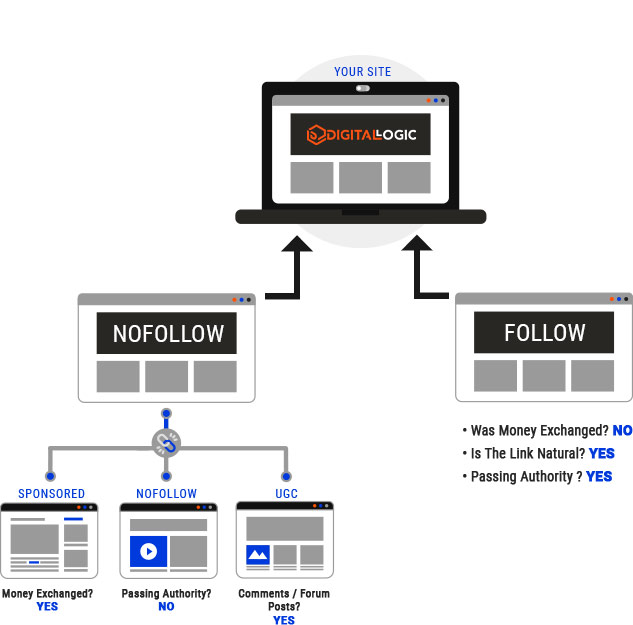 Alright, so that was just a quick background; now for the good stuff.
Not only has Google made modifications to nofollow, but they’ve also created two new link attributes. These are sponsored, and UGC, or user-generated content.
Alright, so that was just a quick background; now for the good stuff.
Not only has Google made modifications to nofollow, but they’ve also created two new link attributes. These are sponsored, and UGC, or user-generated content.
